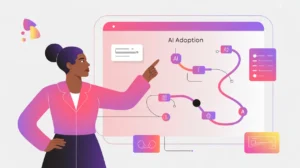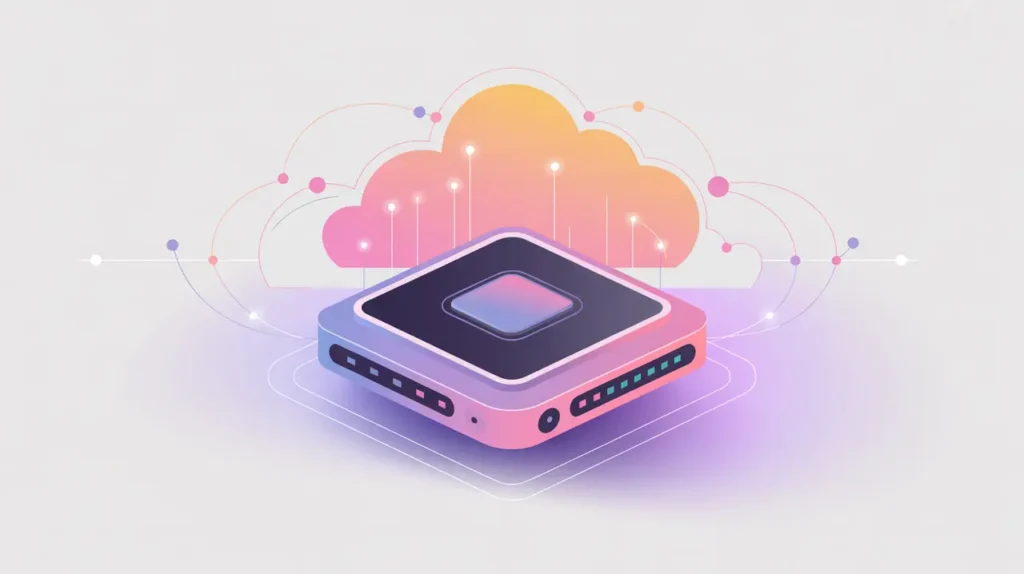Importance of Containers and Docker
Containers are lightweight units of software that package code, dependencies, and configurations so applications can run consistently across different environments. Docker is the most widely used platform for creating and managing containers. Their importance today lies in how they simplify deployment, reduce conflicts between systems, and make scaling applications more efficient. Containers have become a cornerstone of modern cloud-native architecture and AI deployment.
For social innovation and international development, containers and Docker matter because they allow mission-driven organizations to deploy digital tools in resource-constrained settings without worrying about infrastructure mismatches. A containerized application can run the same way in a local clinic, a regional data center, or a global cloud, making technology more portable and reliable.
Definition and Key Features
Containers work by virtualizing at the operating system level, isolating applications while sharing the same kernel. This makes them more lightweight than virtual machines, which require full operating system emulation. Docker provides the tooling to build, distribute, and manage containers, including image repositories that ensure consistent versions across teams.
They are not the same as virtual machines, which consume more resources and are slower to start. Nor are they equivalent to simple packaging systems, since containers encapsulate runtime environments as well as code. This allows developers to ship applications with all dependencies intact, reducing deployment errors.
How this Works in Practice
In practice, containers are defined using configuration files (such as Dockerfiles) that specify dependencies, libraries, and system settings. These are built into container images, which can be deployed on any system running Docker or compatible container runtimes. Orchestration systems like Kubernetes manage large numbers of containers, handling scaling, networking, and resilience.
Challenges include managing container sprawl, ensuring security across shared environments, and handling persistent storage for stateful applications. Despite these challenges, containers have become a standard for deploying AI models, microservices, and data pipelines, thanks to their portability and efficiency.
Implications for Social Innovators
Containers and Docker have clear applications for mission-driven organizations. Health systems can deploy diagnostic AI models in portable containers that run the same way across hospitals and clinics. Education platforms can distribute learning tools to schools with limited IT staff, confident they will work consistently. Humanitarian agencies can use containers to package crisis analysis systems that operate reliably in both cloud and field environments.
By making applications portable and consistent, containers and Docker allow organizations to scale technology solutions flexibly across diverse and resource-limited contexts.







